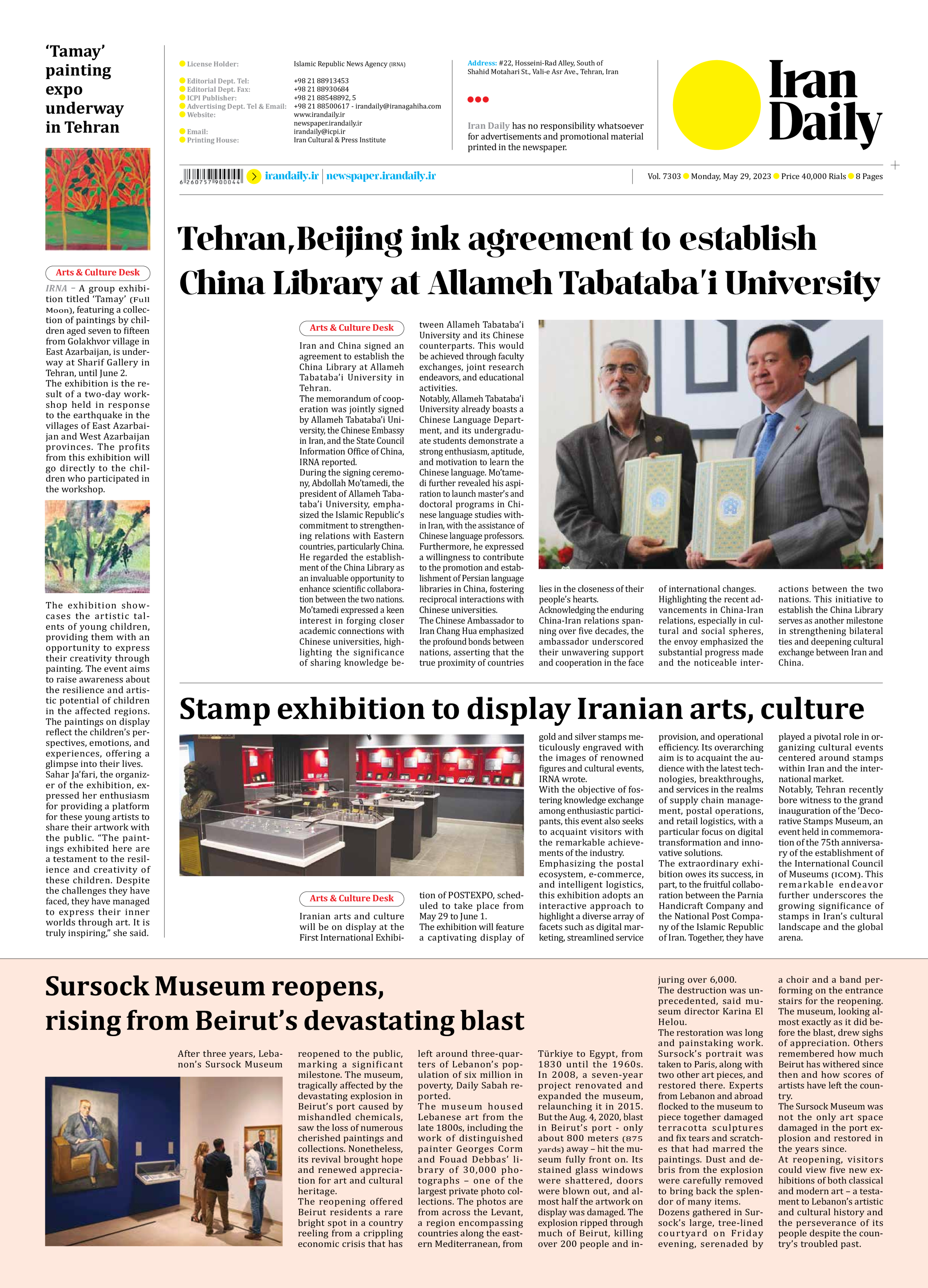
Sursock Museum reopens, rising from Beirut’s devastating blast
After three years, Lebanon’s Sursock Museum reopened to the public, marking a significant milestone. The museum, tragically affected by the devastating explosion in Beirut’s port caused by mishandled chemicals, saw the loss of numerous cherished paintings and collections. Nonetheless, its revival brought hope and renewed appreciation for art and cultural heritage.
The reopening offered Beirut residents a rare bright spot in a country reeling from a crippling economic crisis that has left around three-quarters of Lebanon’s population of six million in poverty, Daily Sabah reported.
The museum housed Lebanese art from the late 1800s, including the work of distinguished painter Georges Corm and Fouad Debbas’ library of 30,000 photographs – one of the largest private photo collections. The photos are from across the Levant, a region encompassing countries along the eastern Mediterranean, from Türkiye to Egypt, from 1830 until the 1960s. In 2008, a seven-year project renovated and expanded the museum, relaunching it in 2015.
But the Aug. 4, 2020, blast in Beirut’s port - only about 800 meters (875 yards) away – hit the museum fully front on. Its stained glass windows were shattered, doors were blown out, and almost half the artwork on display was damaged. The explosion ripped through much of Beirut, killing over 200 people and injuring over 6,000.
The destruction was unprecedented, said museum director Karina El Helou.
The restoration was long and painstaking work. Sursock’s portrait was taken to Paris, along with two other art pieces, and restored there. Experts from Lebanon and abroad flocked to the museum to piece together damaged terracotta sculptures and fix tears and scratches that had marred the paintings. Dust and debris from the explosion were carefully removed to bring back the splendor of many items.
Dozens gathered in Sursock’s large, tree-lined courtyard on Friday evening, serenaded by a choir and a band performing on the entrance stairs for the reopening. The museum, looking almost exactly as it did before the blast, drew sighs of appreciation. Others remembered how much Beirut has withered since then and how scores of artists have left the country.
The Sursock Museum was not the only art space damaged in the port explosion and restored in the years since.
At reopening, visitors could view five new exhibitions of both classical and modern art – a testament to Lebanon’s artistic and cultural history and the perseverance of its people despite the country’s troubled past.







